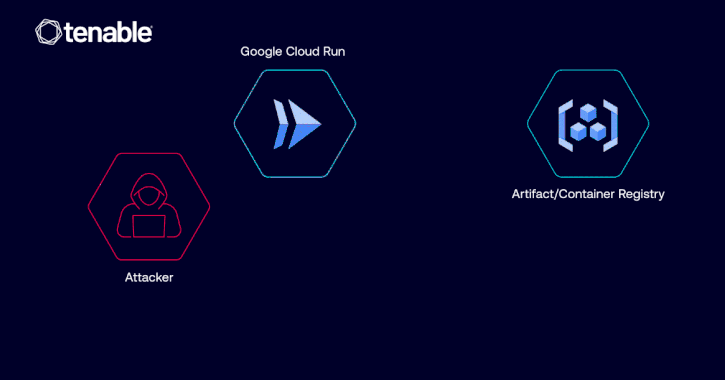Google Fixed Cloud Run Vulnerability Allowing Unauthorized Image Access via IAM Misuse
Cybersecurity researchers have disclosed details of a now-patched privilege escalation vulnerability in Google Cloud Platform (GCP) Cloud Run that could have allowed a malicious actor to access container images and even inject malicious code. “The vulnerability could have allowed such




















